- Home
- Military & Defense
- USS NORTH DAKOTA: Here's Why This Is The Most Advanced Submarine In The World
USS NORTH DAKOTA: Here's Why This Is The Most Advanced Submarine In The World
Virginia-class submarines are characterized as "fast-attack" submarines, but the moniker is more about the sub's mission than its actual speed, which isn't all that fast.

Virginia-class subs often operate close to shore and can rapidly deploy special-operations forces.
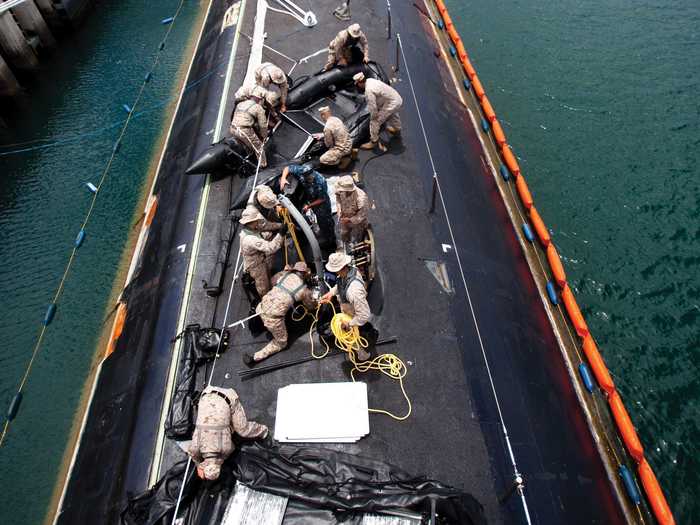
The Navy dubs them "fast attack" submarines because of their stealth and versatility in shallow water, coupled with armaments that can quickly lock and strike targets ashore.
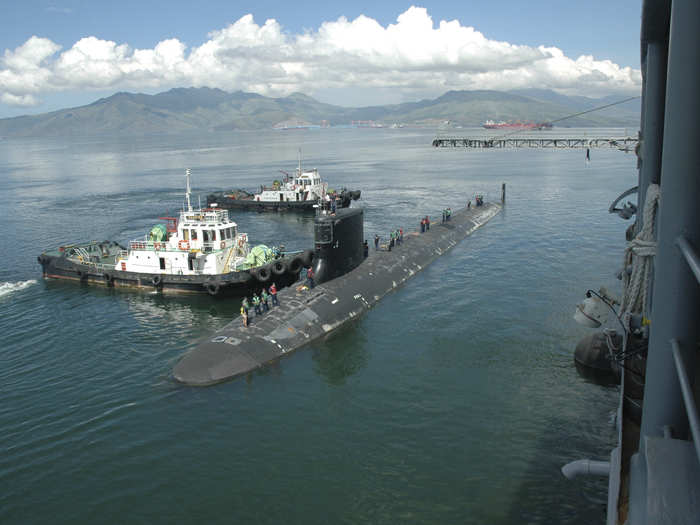
The Virginia-class is 377 feet long, much smaller than the 560-foot Ohio-class submarines (the ones that carry nukes).
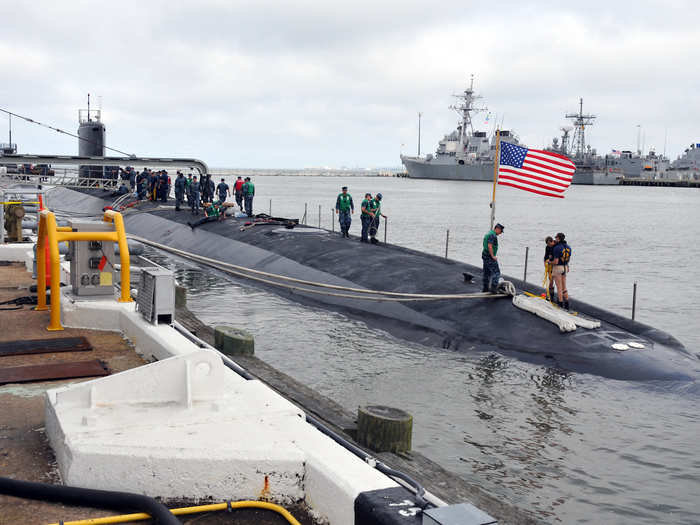
They can travel at a little more than 25 nautical miles per hour, faster than Ohio-class subs which move around 20 nautical miles per hour.
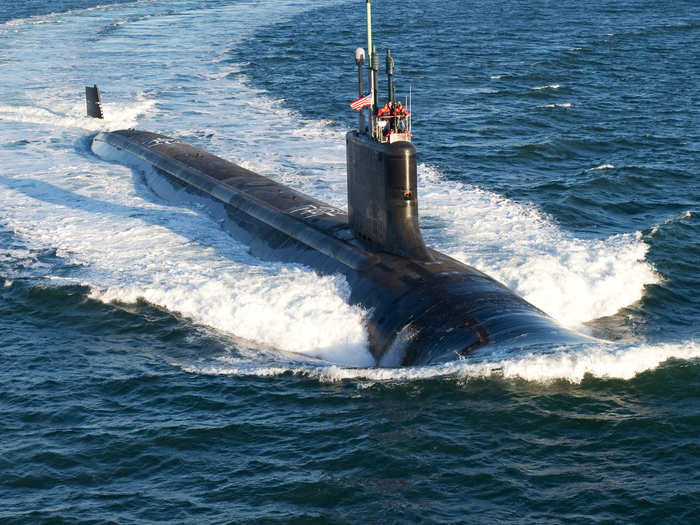
Though Virginia-class submarines largely operate close to shore, they can achieve a maximum diving depth of around 1,600 feet.
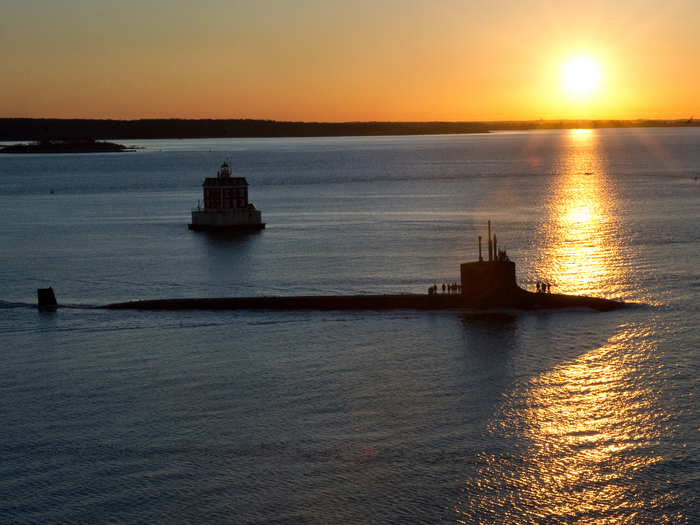
Since they are nuclear-powered, they have unlimited range. They are limited only by their food supply.
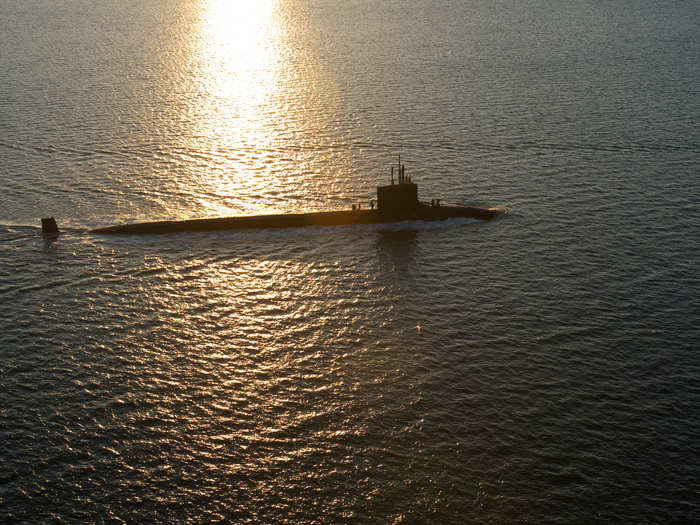
Meaning they can travel anywhere in the world. This photo was taken on a mission to the Arctic.
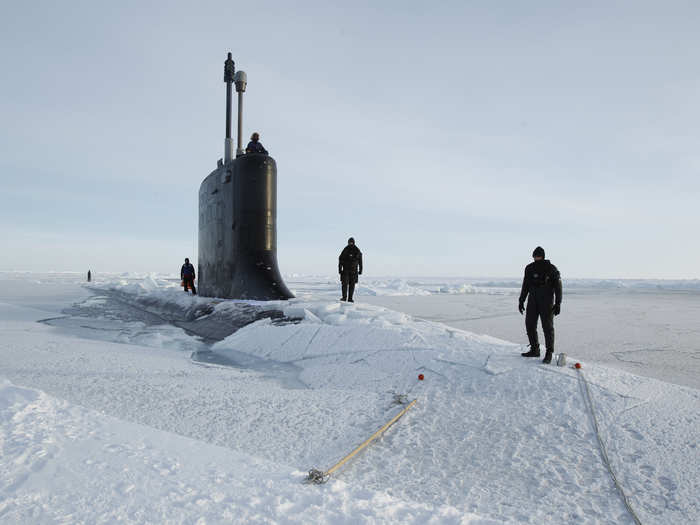
Rather than a traditional periscope, Virginia-class subs have photonic masts with high-resolution cameras, infrared sensors, and laser range finders.
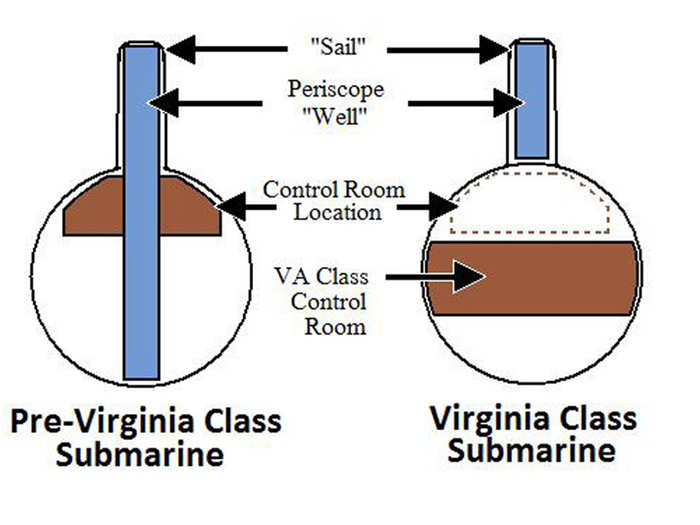
Virginia-class submarines carry a crew of about 130 sailors ...
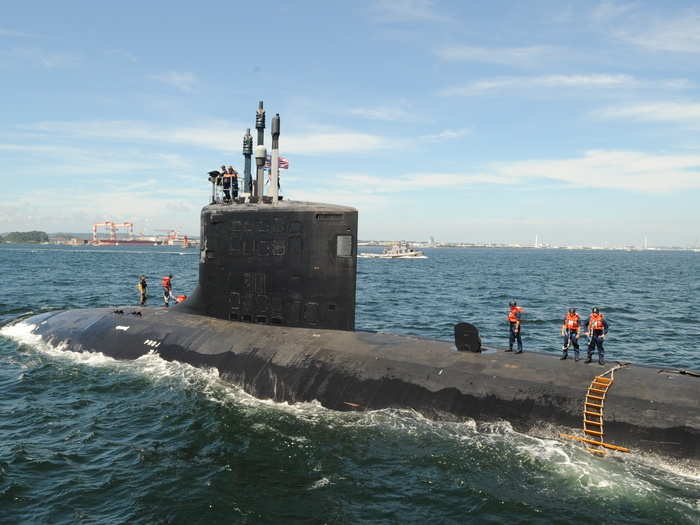
... who operate 12 cruise missile ports and four 533 mm torpedo tubes.
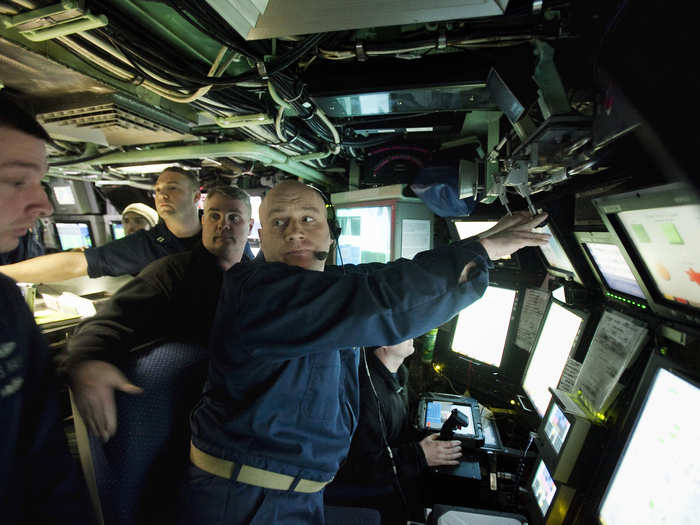
Virginia-class subs may not have nuclear weapons ...

... but they carry roughly 40 Tomahawk cruise missiles and heavy anti-ship, anti-submarine Mark 48 torpedoes each. They can also carry teams of commandos.
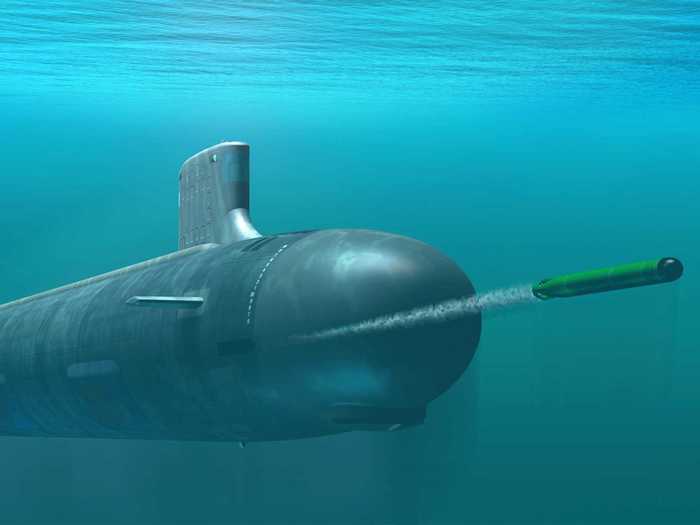
New control room capabilities give Virginia-class submarines the ability to wield those weapons more effectively. The subs can sink other submarines and ships with heavy torpedoes from more than 20 miles away or strike land targets with cruise missiles from thousands of miles out.
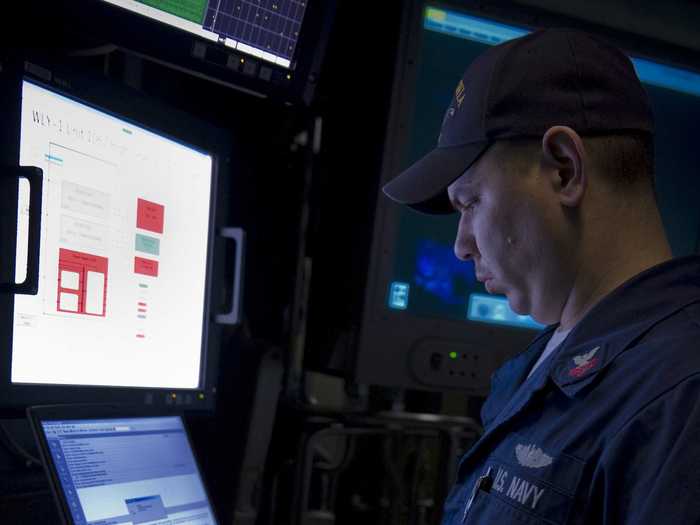
The American arsenal of Virginia-class subs is mostly based out of New England or Hawaii and is currently actively deployed throughout the world.
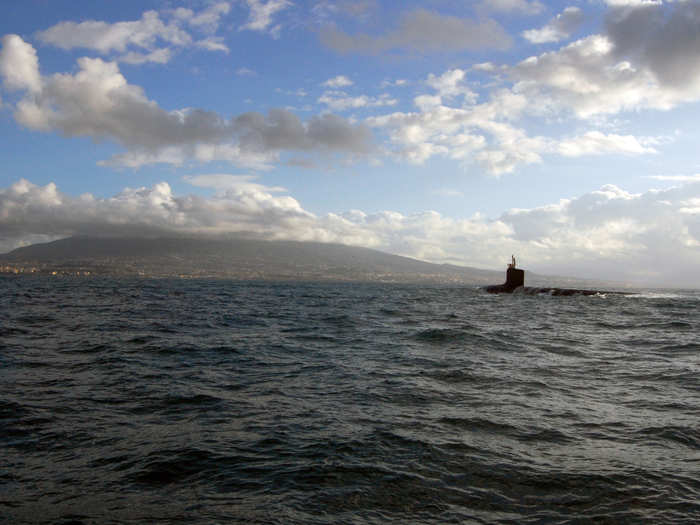
The closest foreign competitor to Virginia-class subs are the Russian Akula-class submarines.
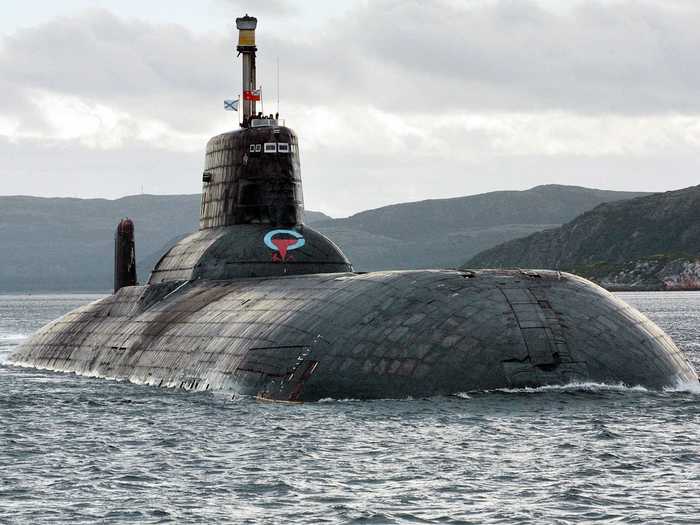
Akula-class subs are faster and can dive deeper but are no match for the heavier advanced torpedoes of Virginia-class subs, which have more than three times the effective distance of Russian torpedoes.
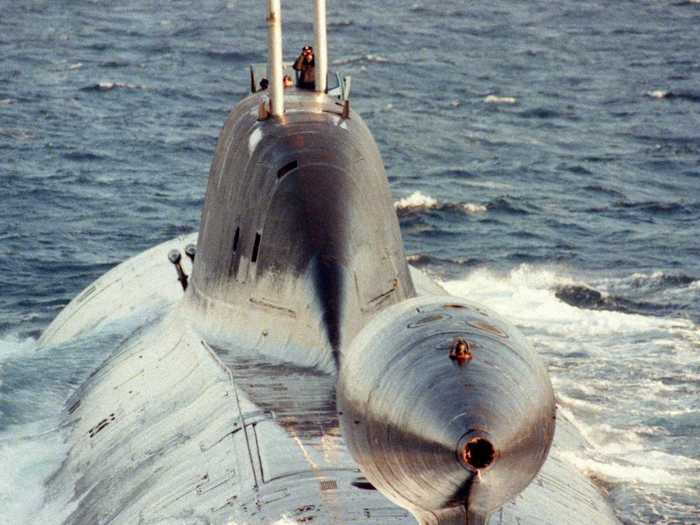
The new U.S.S. North Dakota, the first of the Block III Virginia-class subs, has state-of-the-art sonar, expanding its reconnaissance capabilities, and has expanded weapons capabilities.
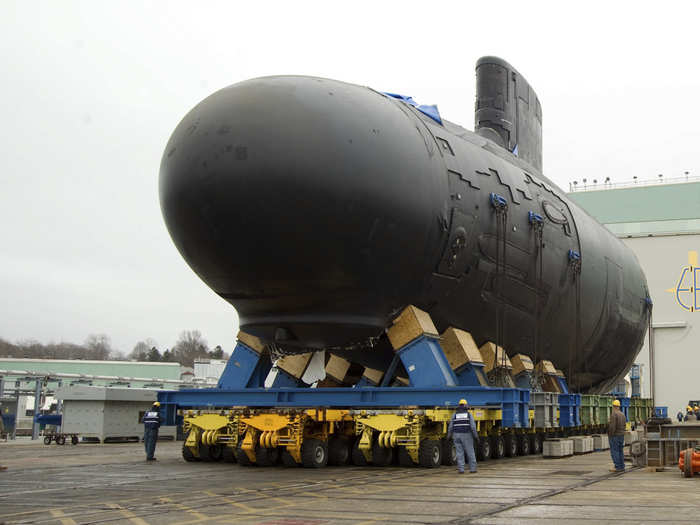
Each Virginia-class vessel costs roughly $2 billion to produce, with much of the computer and data technology coming from commercial providers to keep costs down.
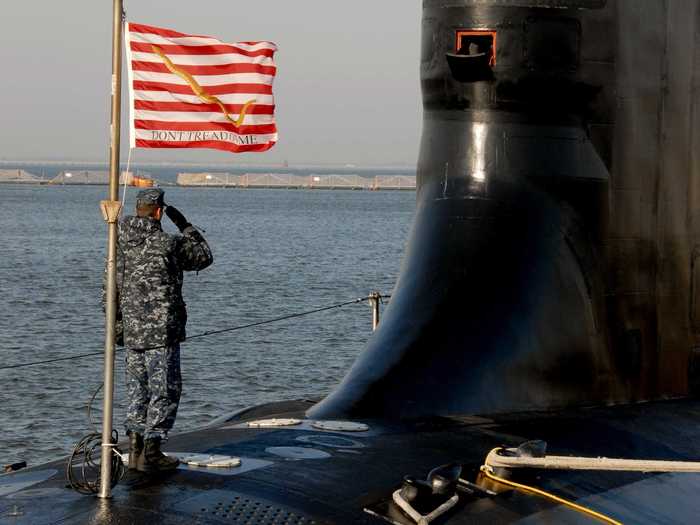
The Navy has completed 11 of the 35 it plans to build, entering the third of five upgrade blocks.
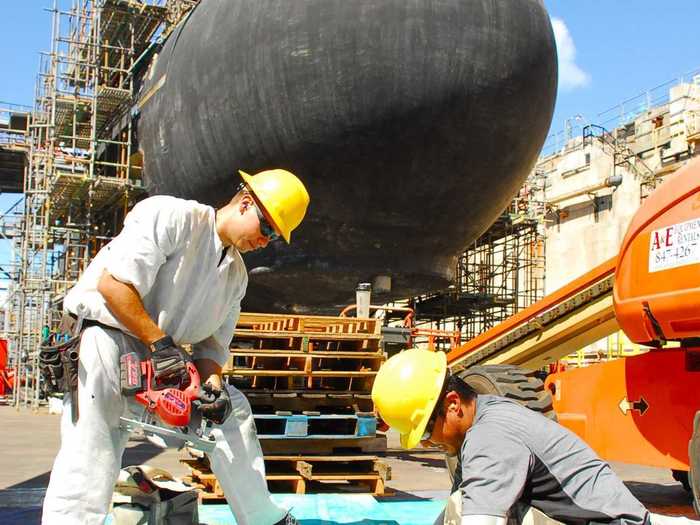
Once they are active, they cost an average of $50 million to maintain per year.
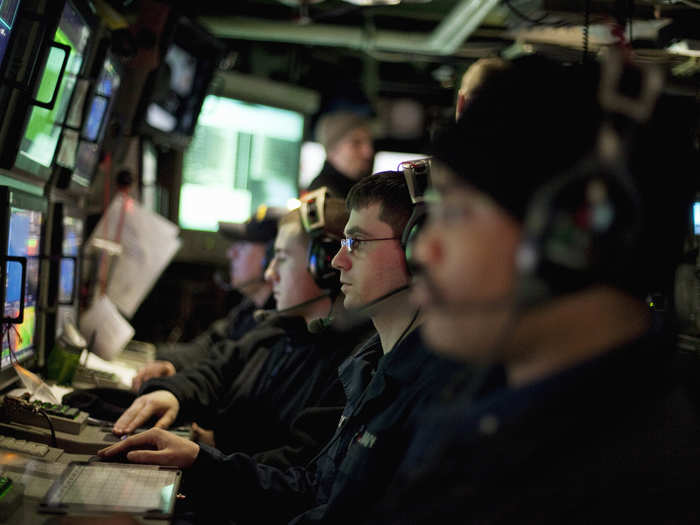
The Navy is rapidly expanding the Virginia-class program at a rate of two submarines per year in order to fit into a post-Cold War intelligence and reconnaissance scenario that emphasizes tactical operations, as opposed to strategic nuclear deterrence.
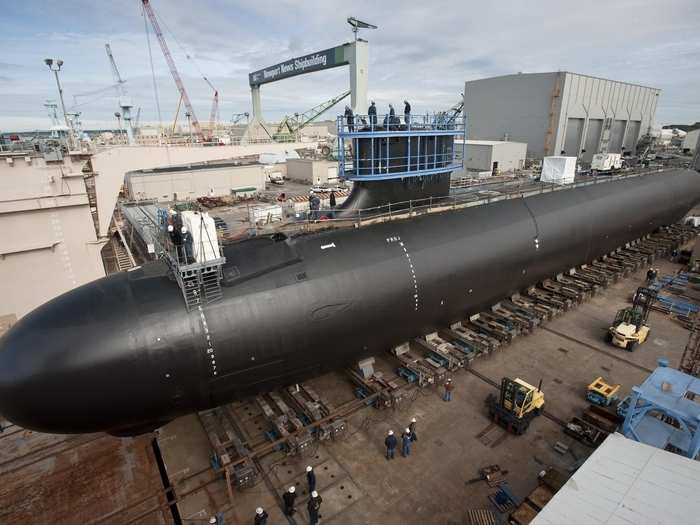
Now see how else the Navy is stepping into the future.
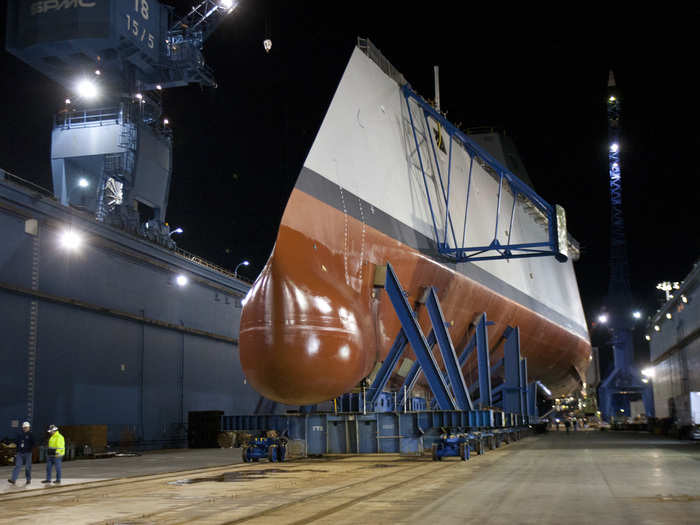
Popular Right Now
Advertisement